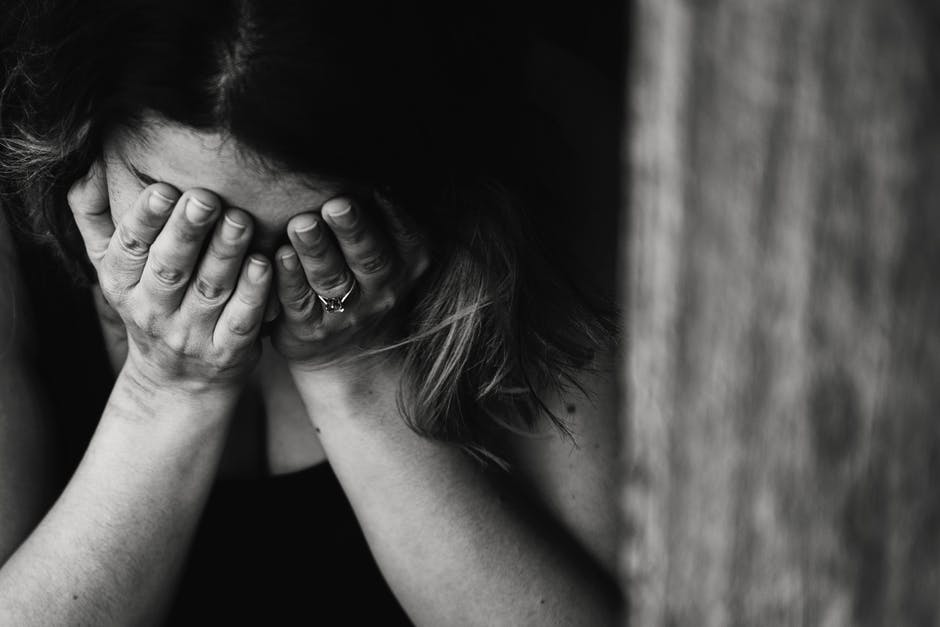If you’re one of the 75% of women who has had, or will get, a yeast infection in her life, you know how uncomfortable they can be. Some women (about 8%) even get recurring yeast infections, which happen over and over.
A yeast infection can impact your everyday life, your sex life, and in general, are not pleasant. If you want to learn more about yeast infections and how you might cure them and answer the question “can probiotics cure a yeast infection?” keep reading, as this article is for you.
What is a Yeast Infection?
Before we get into the causes, let’s get on the same page as to what a yeast infection is and what it isn’t.
A yeast infection is a fungal infection of the vagina and vulva. All women have healthy yeast in their vagina. Problems emerge when the healthy yeast grows out of control.
This can cause itchiness, irritation, and discharge. Yeast infections are medically known as candidiasis because they result in excess amounts of the yeast candida.
What Causes a Yeast Infection?
A yeast infection isn’t a sexually transmitted infection (STI) but your risk of developing one can increase if you’re having regular sexual activity and you are prone to them.
Other causes of yeast infections include:
- antibiotics (it seems so unfair that medicine to help one condition causes another, but antibiotics often reduce the amount of good yeast, allowing candida to grow excessively)
- pregnancy
- stress
- hormonal imbalances (usually surrounding your menstrual cycle)
- uncontrolled diabetes
- weakened immune system
- douches and vaginal sprays
- sex (although it’s not an STI, it can be passed through sexual contact)
Symptoms of yeast infection include burning during urination, extreme itchiness, thick, cottage-cheese-like discharge, redness and swelling of the vulva, and pain in the vagina.
Can Probiotics Cure a Yeast Infection?
One natural remedy for yeast infections are probiotics. You can learn more but probiotics can help regulate the bacteria in your vagina.
You can buy over-the-counter probiotics (or get them in food) and the best time to take them is in the morning, 15-30 minutes before you eat. This way, they won’t get stuck behind the food in your stomach as they make their way to your intestines.
Probiotics are considered “good bacteria” that can help balance your gut flora and vagina. These healthy bacteria fill your body with health-boosting microorganisms, including ones to regulate the bacteria in your vagina.
If you have a yeast infection and want to treat it with a probiotic, find one that is specially formulated for women. Because oral probiotics may take several days to work, you might consider probiotic suppositories for more immediate relief.
Other Natural Remedies
If the probiotic route isn’t effective for you, or you want to combine probiotics with other natural remedies, you might actually be able to cure your yeast infection with things you commonly find in your kitchen.
Coconut Oil
What can’t coconut oil cure? Skin issues, keratosis pilaris, diaper rash, hair that’s dried out–you name it, coconut oil can fix it. Yeast infections are no exception.
Coconut oil comes from the flesh of the coconut and has antifungal properties. There is research showing that it is effective against C. albicans, which contribute to yeast infections.
When buying coconut oil, look for pure, organic coconut oil. It comes as a solid and then melts when rubbed in your hands or heated a bit. You can apply the coconut oil directly to the affected area. Not only will it help kill the fungal infection, but it can also soothe inflamed skin.
Yogurt
Greek yogurt is considered a probiotic, so it can also help combat C. albicans that cause yeast infections. Yogurt contains live bacteria, Lactobacillus acidophilus, which are necessary to create a healthy environment in your vagina.
Plain Greek yogurt is your best option and make sure you buy one that does not contain added sugar, which can actually promote the growth of the Candida fungus.
Boric Acid
Boric acid is an antiseptic that can be used to treat stubborn yeast infections that are immune to other treatments. You can apply it topically (just be sure to mix it with water before putting it on your vagina or vulva) or take a boric acid vaginal suppository.
Don’t take boric acid orally and don’t use it on broken skin as it can be toxic in large amounts. If you are pregnant, you should not use boric acid in any form.
Essential Oils
Essential oils, like tea tree oil and oil of oregano, can both be effective in treating yeast infections. Oil of oregano is made from wild oregano and contains thymol and carvacrol, both antifungals. Avoid oil of oregano if you take blood thinners or if you have blood clotting issues.
Dilute the oil of oregano in a carrier oil, such as coconut oil, almond oil, or grapeseed oil, and apply it to your skin. Do not apply it to your vagina or vulva.
Tea tree oil is another antifungal. A vaginal suppository containing tea tree oil can treat a vaginal infection. It can also help maintain the flora in your vagina as well.
It’s very powerful, so you should never swallow it, and if you want to use it as a suppository, be sure to dilute it with a carrier oil.
Apple Cider Vinegar
An apple cider vinegar bath can help flush out harmful bacteria. Add a half a cup of apple cider vinegar to a lukewarm bath and soak for 20 minutes. The acidic component of the vinegar will eliminate excess yeast and bad bacteria.
Final Thoughts on Treating Yeast Infections
While yeast infections are not fun for anyone, the good news is that you can do some things to prevent them, like taking regular probiotics and maintaining the flora in your vagina.
We have even more health and wellness content, so if you want to learn more, explore the other sections of our blog.











